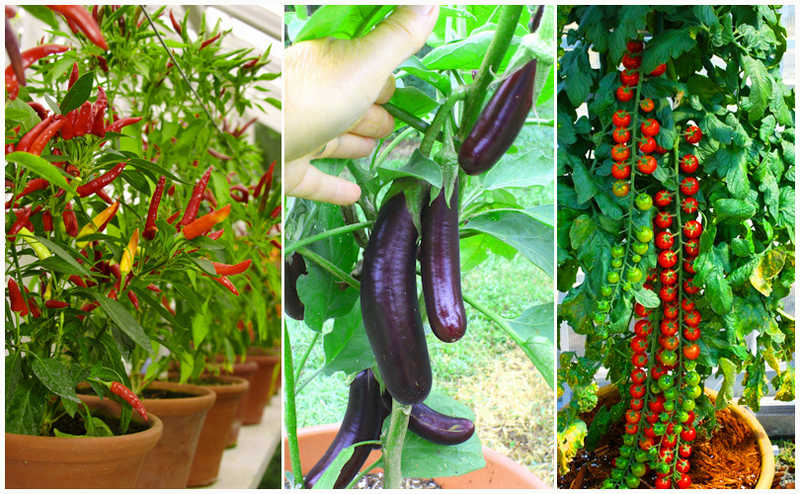Sage is one of the most flavorful herbs. It’s also a lovely weed, making it an excellent herb as well as a lovely addition to any border. The nice thing about a kinds of sage plants is that most people only need one, so it’s simple to find a spot in any garden for it. Sage is cultivated for its ornamental value as well as medicinal and culinary purposes.

Sage growing
Sage prefers to grow in a sunny, well-drained area of the garden. If grown in England, it prefers alkaline soil and will require frost protection. Once it has flowered, it will need to be trimmed in July. Pruning it periodically will stimulate new growth and keep it from being skinny. Gathering leaves you’d like to use daily will also help it stay happy. The leaves are a green-grey color with a white outline, which is due to the hairs that give them a velvety feel. You’ll need to pinch out the flowers before they open and can use the leaves.
Sage plants can reach a height of over a meter, depending on the variety, so they need more space to grow! There are over 700 different kinds of sage plants, so you’ll have plenty of options – both in terms of smell and appearance.
Uses
Sage is widely used to flavor fatty meats such as duck and goose, as well as to make sage and onion stuffing to serve with chicken. It’s also popular in Italian cooking. It’s very heavy, so only a couple of leaves are required, no matter how you use it.
Medicinal Applications
Sage has both medicinal and healing powers. Its antibacterial and antiseptic properties, as well as its ability to help with any digestive issues, are only a few of the advantages.
Storage Ability
Wrapped in paper towels, sage leaves can be stored in the fridge for up to five days. Alternatively, the leaves can be frozen for up to a year.
